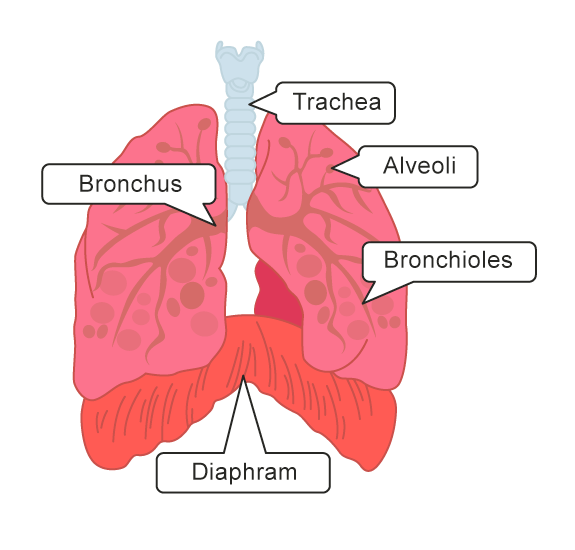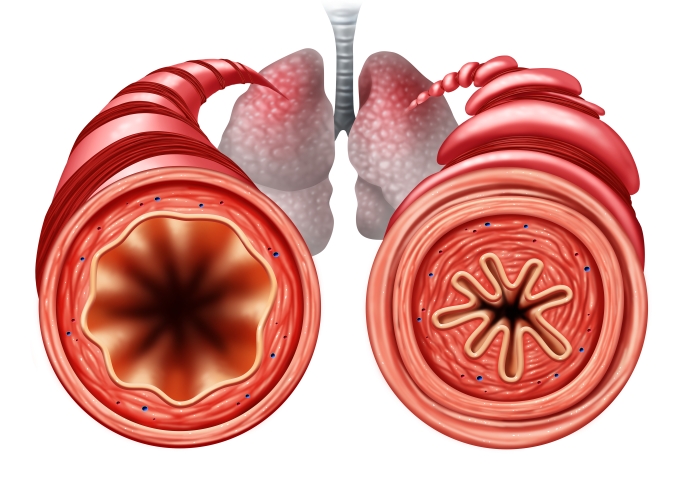Did you know that on average our lungs can hold around six litres of air?
That's about 25 cups of air!

The maximum amount of air we breathe in and out is called our total lung capacity. Our lung capacity can be affected by many factors like age, fitness and health.
A larger total lung capacity means more oxygen is taken into the body with every breath. Through exercise, athletes can increase their total lung capacity. This allows athletes to perform better as more oxygen can be transported around the body for respiring muscles.
Measuring our lung capacity can also help identify any potential problems with our lungs. People who are suspected of having asthma will have their lung capacity measured.

Asthma is a condition of the lungs. The airways, bronchi and bronchioles are sensitive, often getting inflamed and narrowing. This can lead to coughing, wheezing (a whistling sound when breathing) and a tight chest.
Here is some data showing the average total lung capacity of people of different ages and those with asthma:
| Age Range (years) | Average Total Lung Capacity (ml) | |
| Without Asthma |
With Asthma |
|
|
10-20 |
420 | 390 |
|
21-30 |
430 | 400 |
|
31-40 |
440 | 410 |
| 41-50 |
420 |
390 |
| 51-60 |
400 |
370 |
|
61-70 |
380 |
350 |
As you can see, the average lung capacity increases between the ages of 10-40. After 40 years, average lung capacity decreases. This is the same for asthmatics, however their lung capacity is lower than those without asthma.
Asthma patients generally have narrower airways. Their lung capacity will be less than those without asthma as their lungs won't be able to hold the maximum amount of air.

Smoking cigarettes can also affect lung capacity. Cigarettes contain many chemicals. Some of these chemicals can make the lungs and alveoli less elastic. This means that the lungs won't be able to hold as much air as someone who doesn't smoke - the lung capacity will be lower in a smoker. This can be seen in the data below:
| Average Total Lung Capacity (ml) | ||
| Age (years) |
Smoker |
Non-Smoker |
|
31-40 |
380 | 440 |
In this activity, we're going to compare data on the effects that age, asthma and smoking have on total lung capacity.







